Giderayak (in Turkish, "At the Last Moment") is a duo founded by Çağlar Tahiroğlu and, yours humbly, Sine İçli. Çağlar explores how the everyday life of the individual, the socio-political framework and especially the landscape intertwines by exploring the threshold of photography, documentation and psychology. I, on the other hand, convey the dance of emotional and psychological development with the themes of memory and identity onto the material in the company of dreams and myths, while maintaining a strong connection to the earth and nature.
We met at the artist residency organized by EAP in Amsterdam 2018.
https://www.arts.ac.uk/study-at-ual/postgraduate-study/postgraduate-community/stories/csm-students-join-the-european-academy-of-participation-for-a-course-on-participation-in-the-arts
In this residency we were influenced by the fact that the artist Gisele ( d'Ailly van Waterschoot van der Gracht) lives and produces in the harsh conditions during the war time in the building called Castrum Peregrini. In Gisele's studio we worked together on a collaborative filmmaking project and we created a video about the building. We also had the opportunity to get to know each other in this co-creation process.

Even though our works are very different from each other, when we discovered that they were connected by a transparent yet solidified bond under the ground. We realized that this acquaintance would turn into a form beyond friendship. We enjoyed exploring this bond during the time that we thought about how all these art initiatives, collectives, duos came together; but it took some time to put into action, honestly. It results from many reasons - Most importantly, we are physically far away from each other. More specifically, Çağlar's mobile life and my obligation to stay in the UK due to the visa process made it difficult for us to come together.
We came together on the occasion of Çağlar's accidental trip to London, at a time when we both felt helpless and blocked in our lives. At the end of our hour-long conversation, we decided to put aside our physical distance and continue our journey together. A month after this conversation, we began our first collaborative works with Çağlar at SIM Residency in Iceland to color this transparent connection. We discovered that this state of dynamic duel interaction brought vitality back to us. It helped us decide our direction during the times when we abandoned the ideas before they materialized, or we thought there was no way to move forward. In those times, we were trapped in the myth of being alone with our own practices. The power of being collective and being together made it easier for us. The artist duo we founded in London in January 2020 played a crucial role in sustaining this hope and creativity.
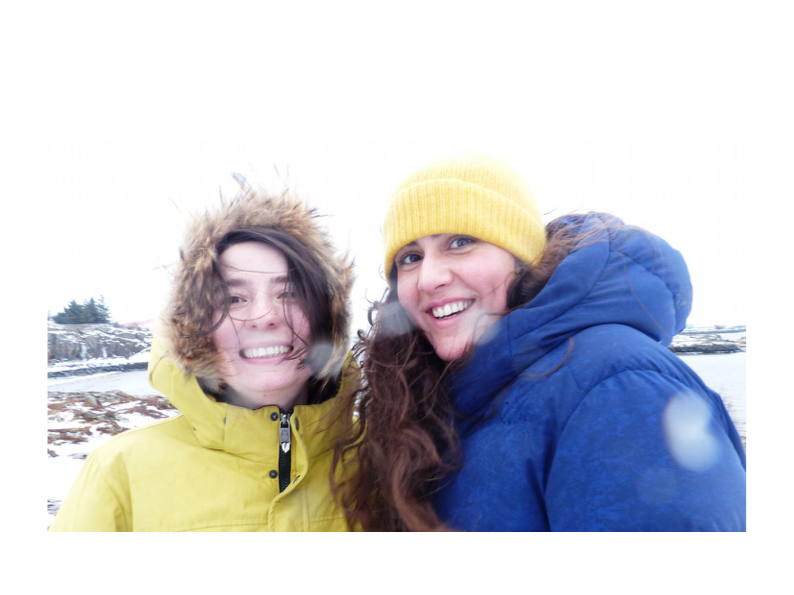
We tried to create spaces for ourselves which generated a sense of solidarity, although I lived in London and Çağlar lived in Lyon. While we were sharing our ideas and developing our works, there were creative residencies that we could always go to together in our focus. We tended to go to residencies because besides the physical space it offers to us, we can quickly share our developing thoughts and ideas. In this way, these ideas are not kept in isolation to the self. While we were getting closer to nature at the intersection of our practices, we could also create work together and produce more quickly and intensely with the feedback of the other artists in residence. When the pandemic hit, we were just getting started. When we noticed that we could not come together on the platforms wanted, we were discouraged. At that point, we felt despair. If we could not being able to come together for a long time, we could not produce work together. Before we could experience our bond, the platform would disappear. We were very afraid that this collaboration would remain as a romantic idea, since there were currently no systems created together, and there was a risk of returning to individual cycles of our practice. The rest of the story, however, is about how we resolved this blockage.
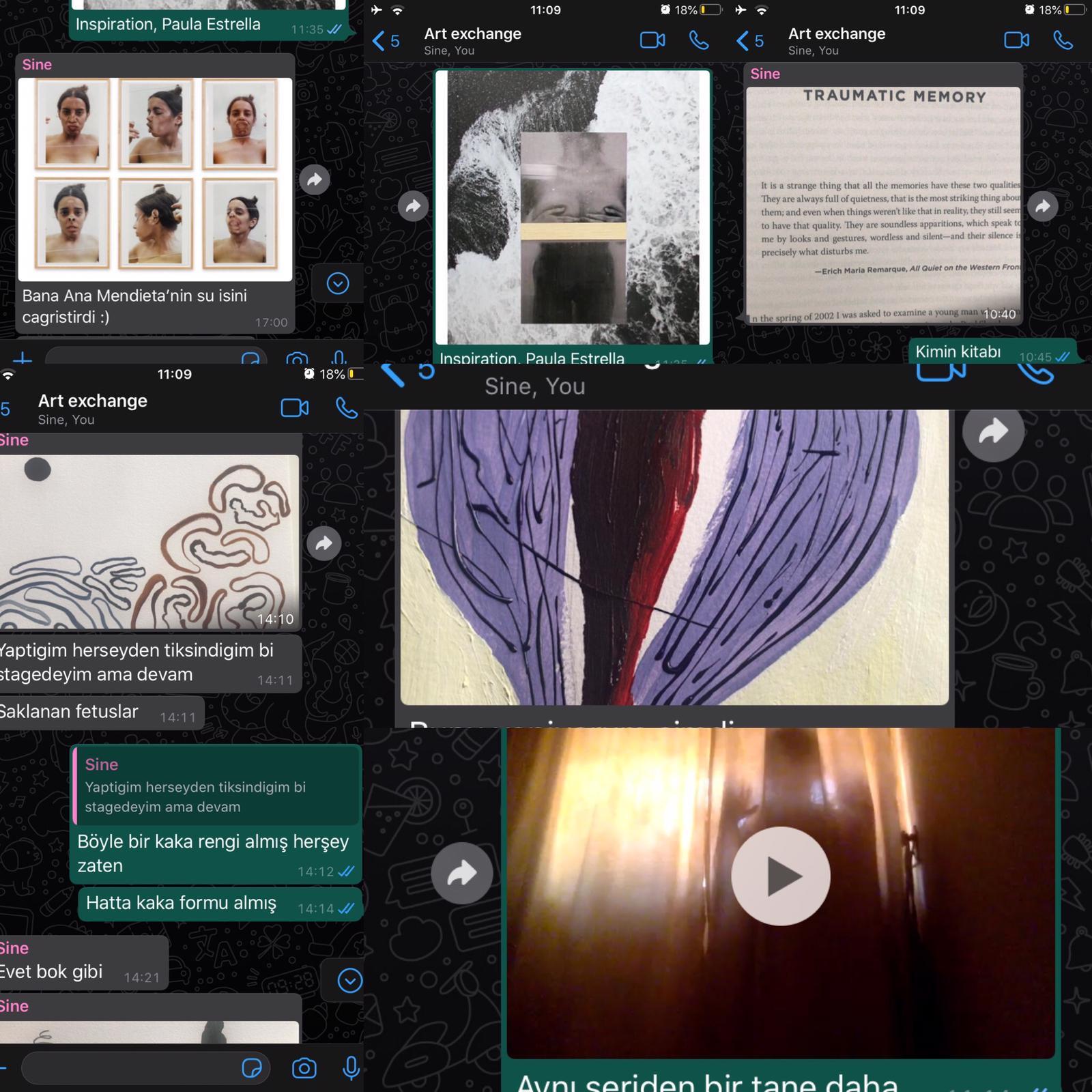

I guess Çağlar's adaptation to the novelty is even faster than the blink of an eye. While I was still looking for physical residencies for the end of the summer, Çağlar suggested Cel del Nord Virtual Residency, a virtual artist residency organized by Odette Brady. Odette organizes this residency on a volunteer basis by donation during the Covid-19 period. Each week she brings together six artists and enables them to use their time creatively and organize their connections. You can read the interview we did during this virtual residency here:
https://celdelnord.com/artists-interviews/sine-icli-and-caglar-tahirolu
During this time our connection to the outside world was cut off. We explored the theme of "inner landscape" . Our works were parallel but distinct at the same time. We spent this time of blockage trying to respond each other's subconscious. I began by gazing the boundaries of the physical quarantine space and the physical/spiritual distance from nature. I tried to take separate the sky view from the window that was divided as an intersection. Then I transformed the image in the lower part into the desired inner landscape.

Çağlar took the same idea of the inner landscape and completely transformed those looks into herself. With this idea, she focused on creating domestic but imaginary-spiritual spaces: "Since I couldn't go outside, I wanted to expand my inner space. With this idea, I started taking double-exposure Polaroid pictures, combining images of myself and the house with landscapes projected on walls."

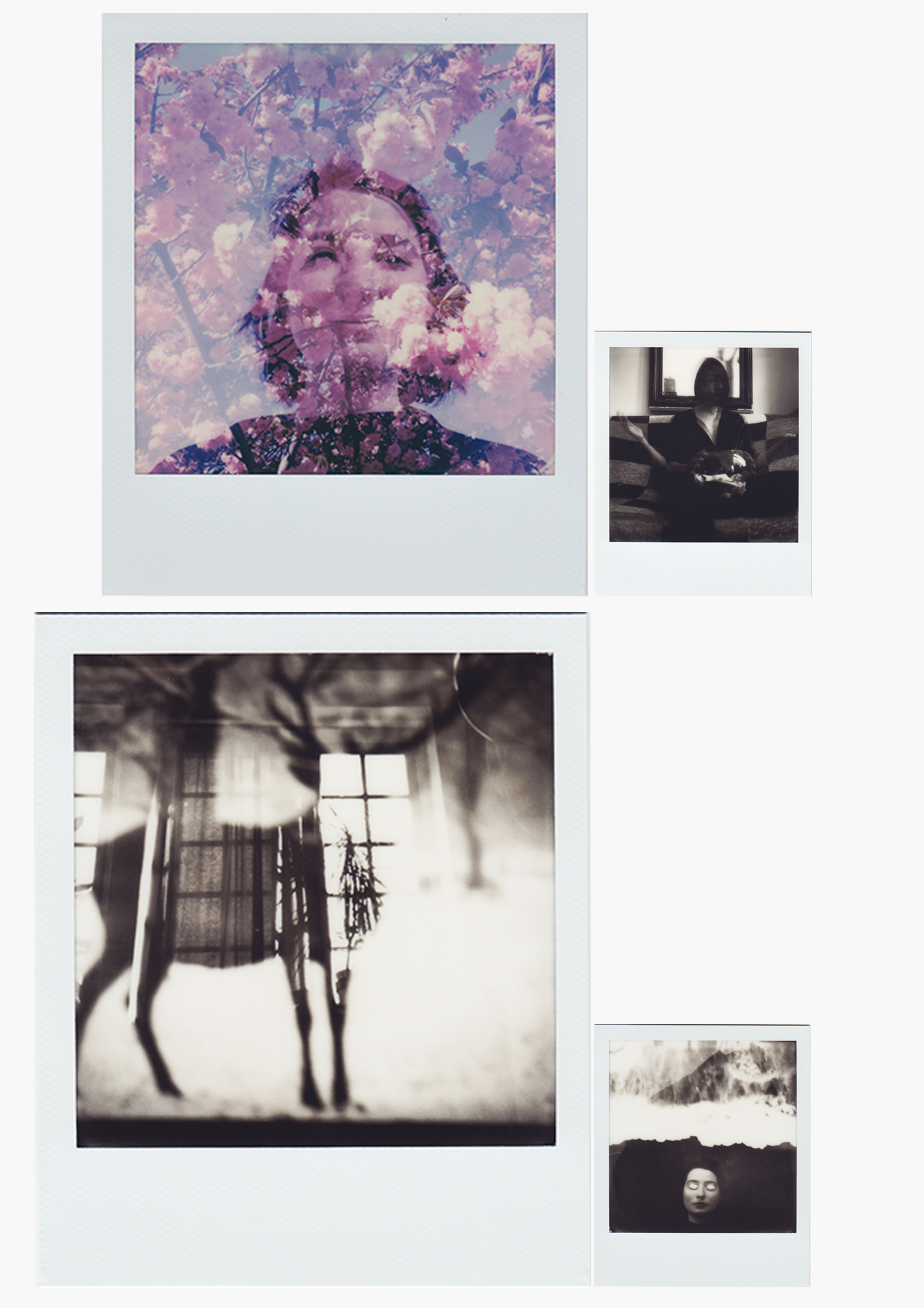
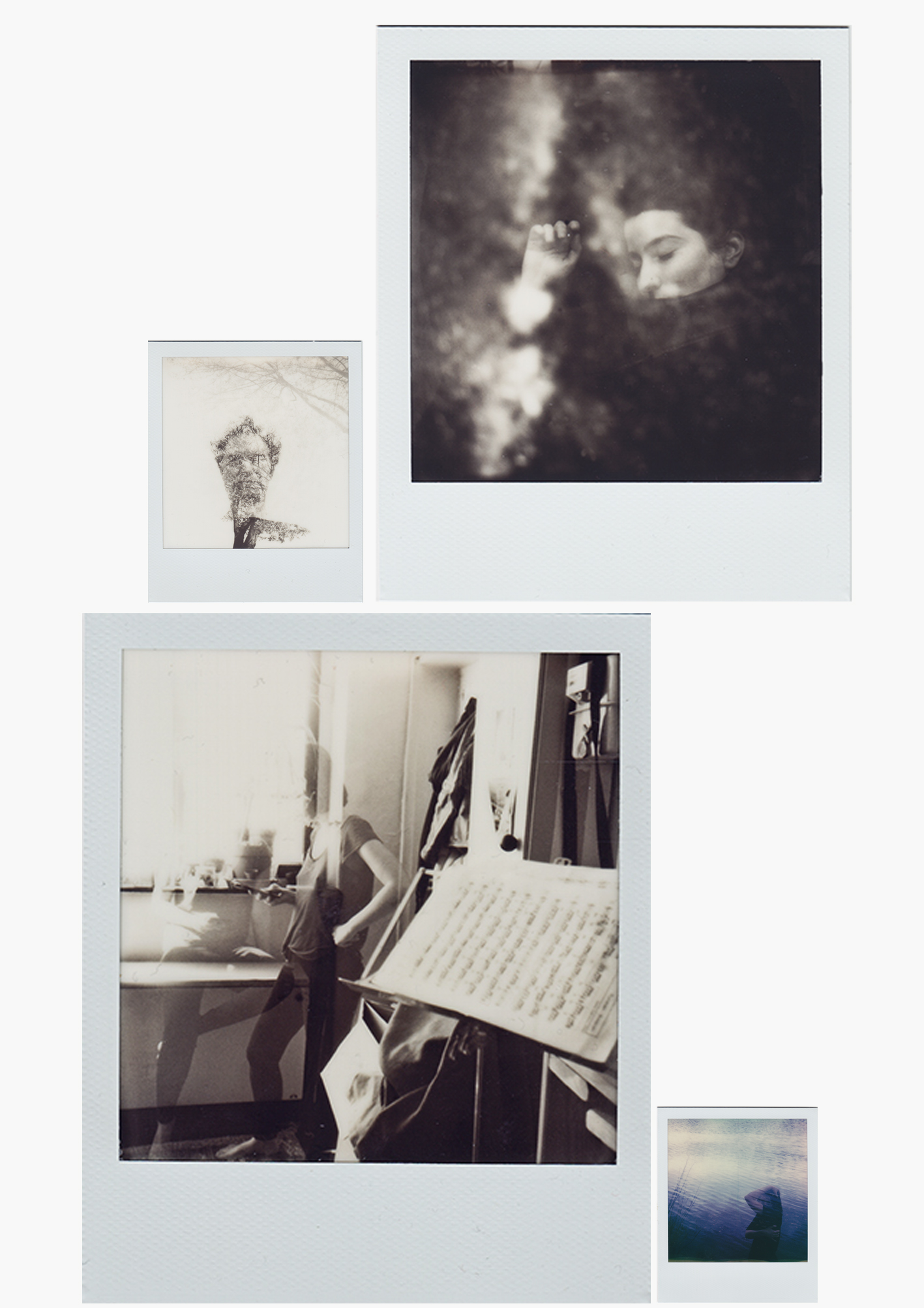
Through the effect of Çağlar's Polaroids, I also changed my perception of space. I gave my perception a new lens and sailed out of the desire to examine my feelings under a microscope. This time, as an opposition, I tried to look inside with a wide lens. With this initiative, I made monoprints and images that reflect my inner landscape.
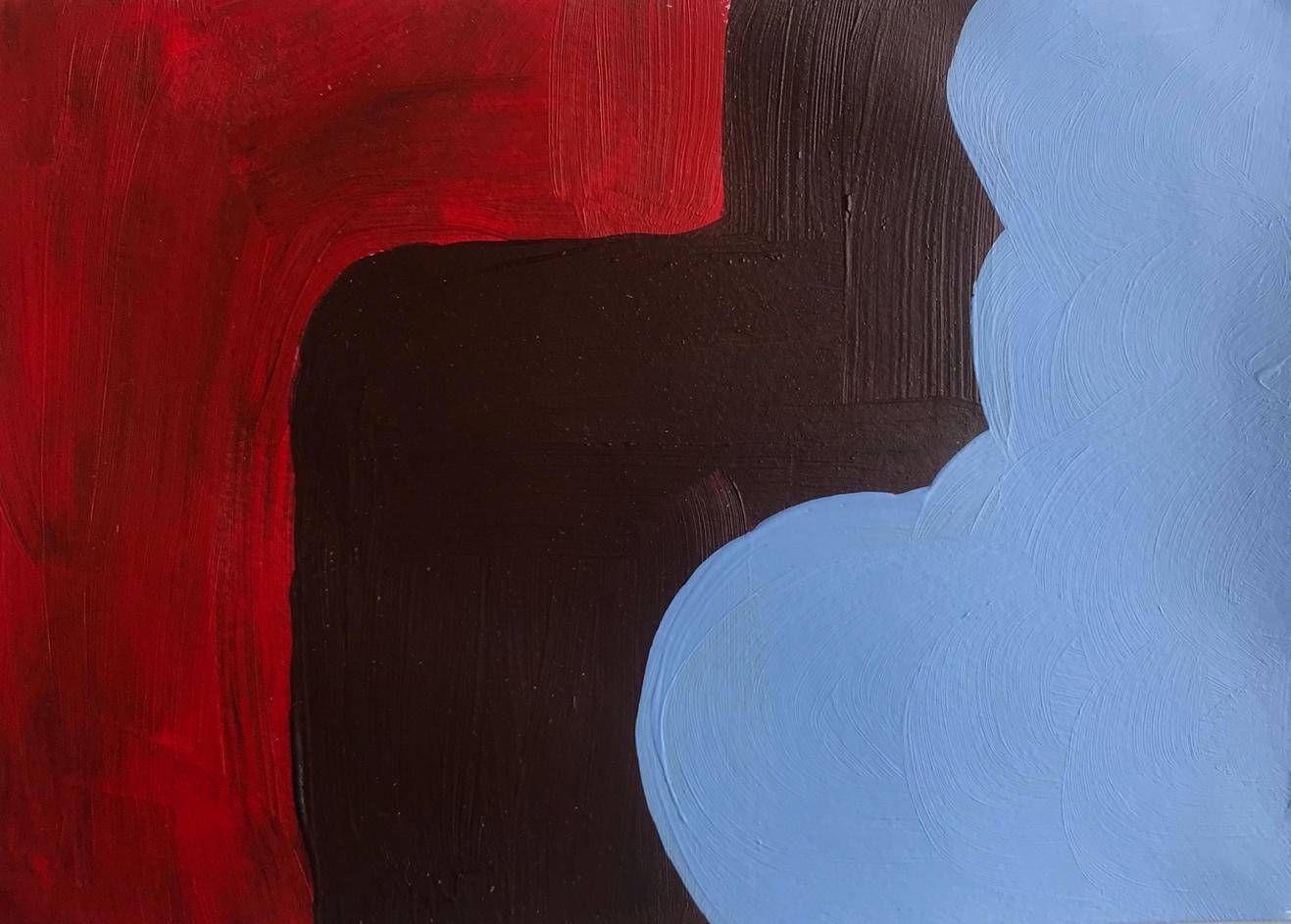
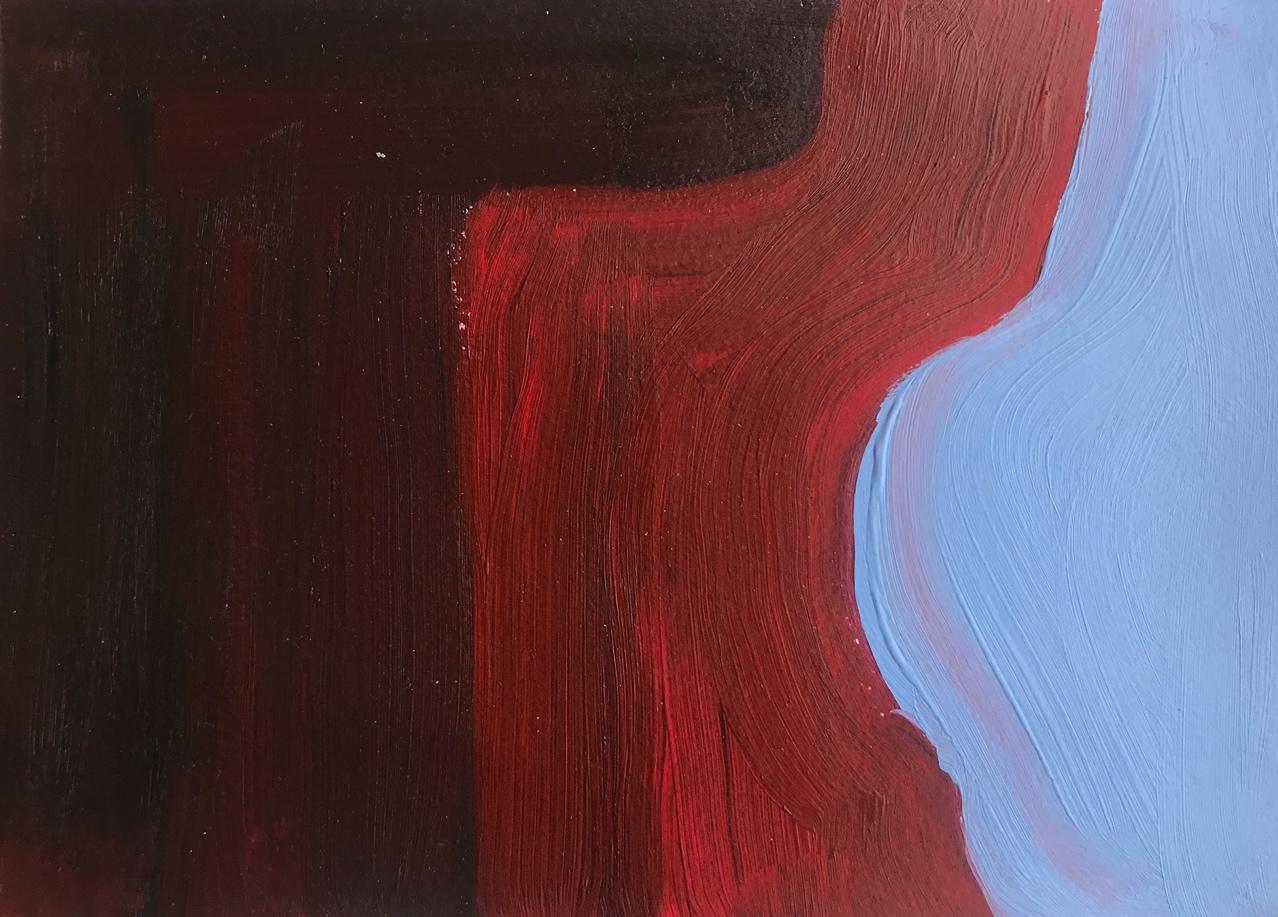

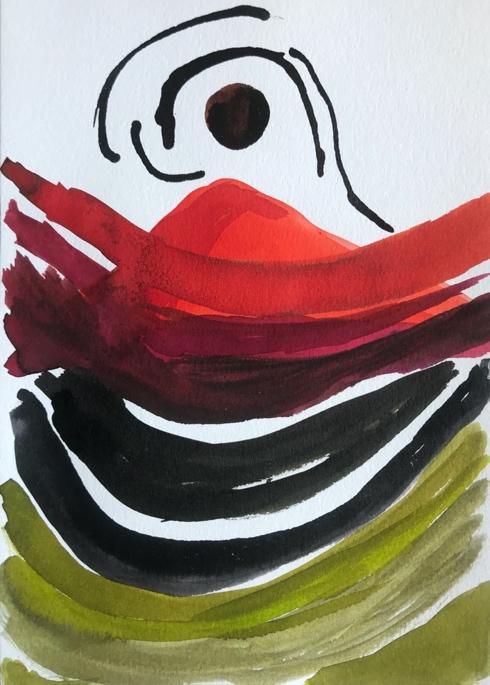
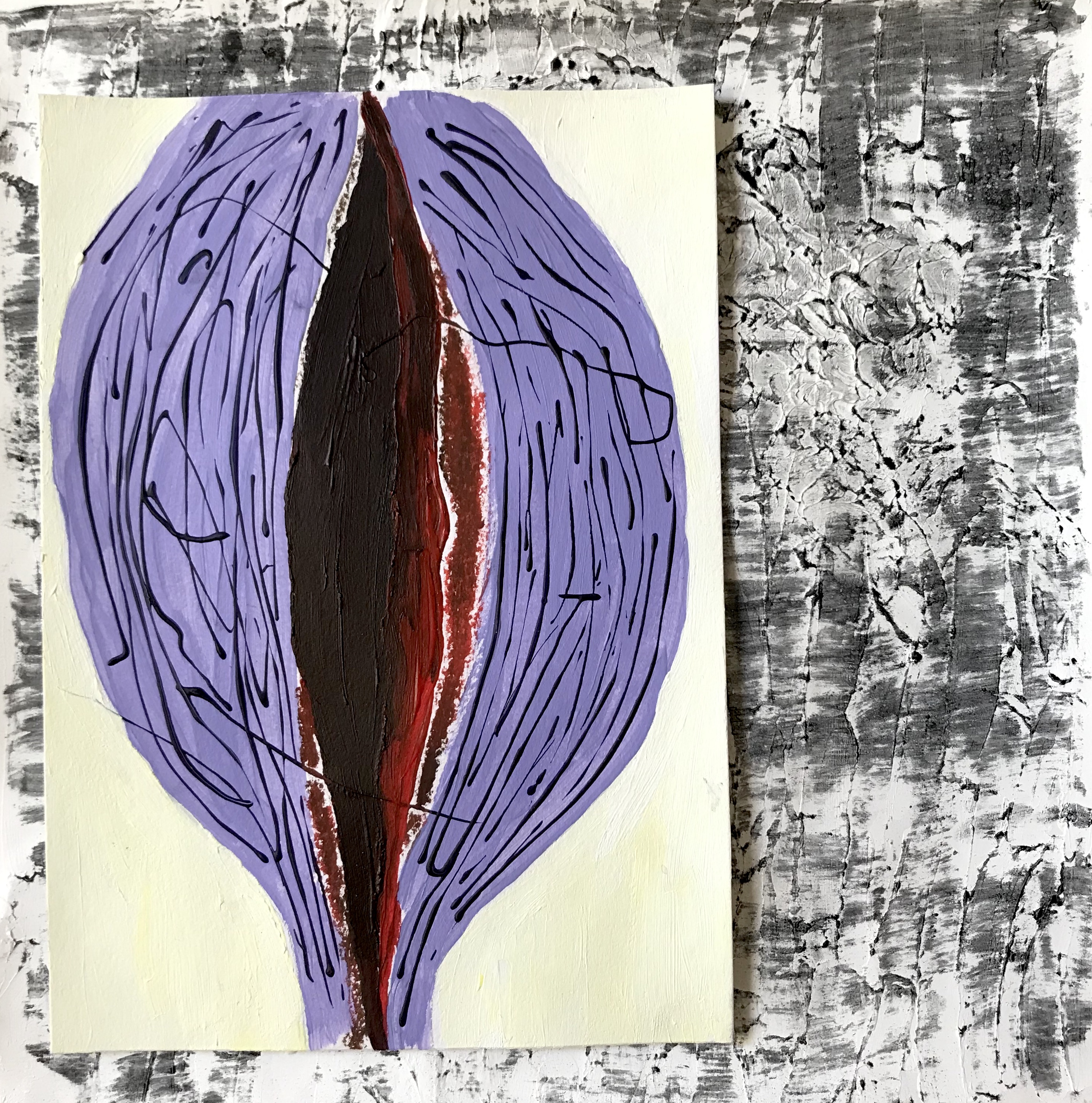
Based on these prints and images, Çağlar presented the short videos in which she looked inside with the same lens in response to Dadans' open call.
(http://www.dadans.com).
The best thing about this interaction, which we formed like a paper chain, is that we use different materials and work on very different platforms. This difference not only fills an abyss, but also allows us to feel each other's presence in our work and emancipate ourselves individually. While Çağlar follows the ideas, I follow the material simultaneously with the idea. While she works methodically, I work sporadically. We are not similar but complement each other. On the other hand, our art practice has shared grounds such as photography and video. Even at the beginning of the journey, this individual freedom is reflected in our holistic works. Even this short distance crossed together gives us the feeling of having arrived somewhere.
(July 2020)